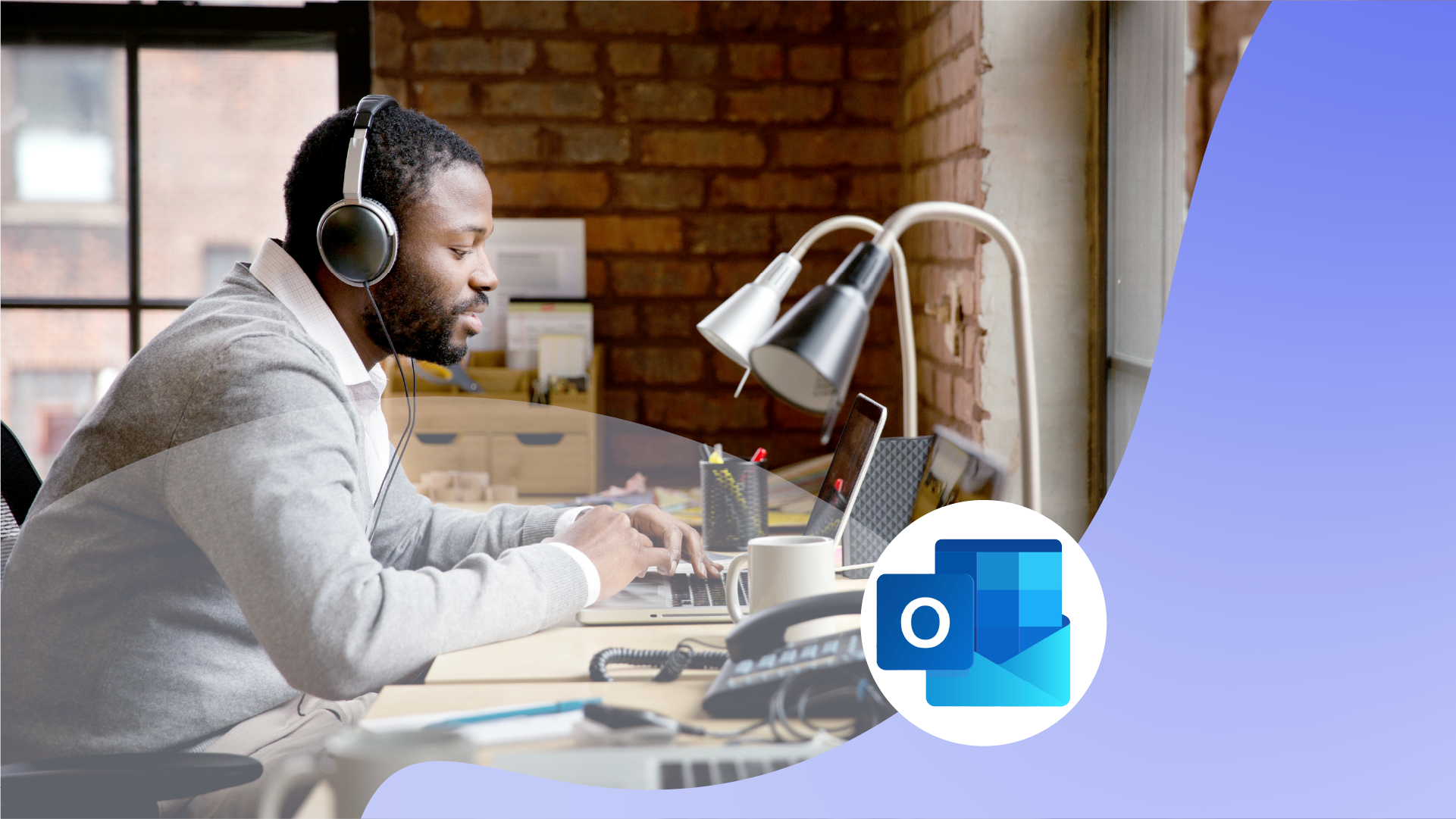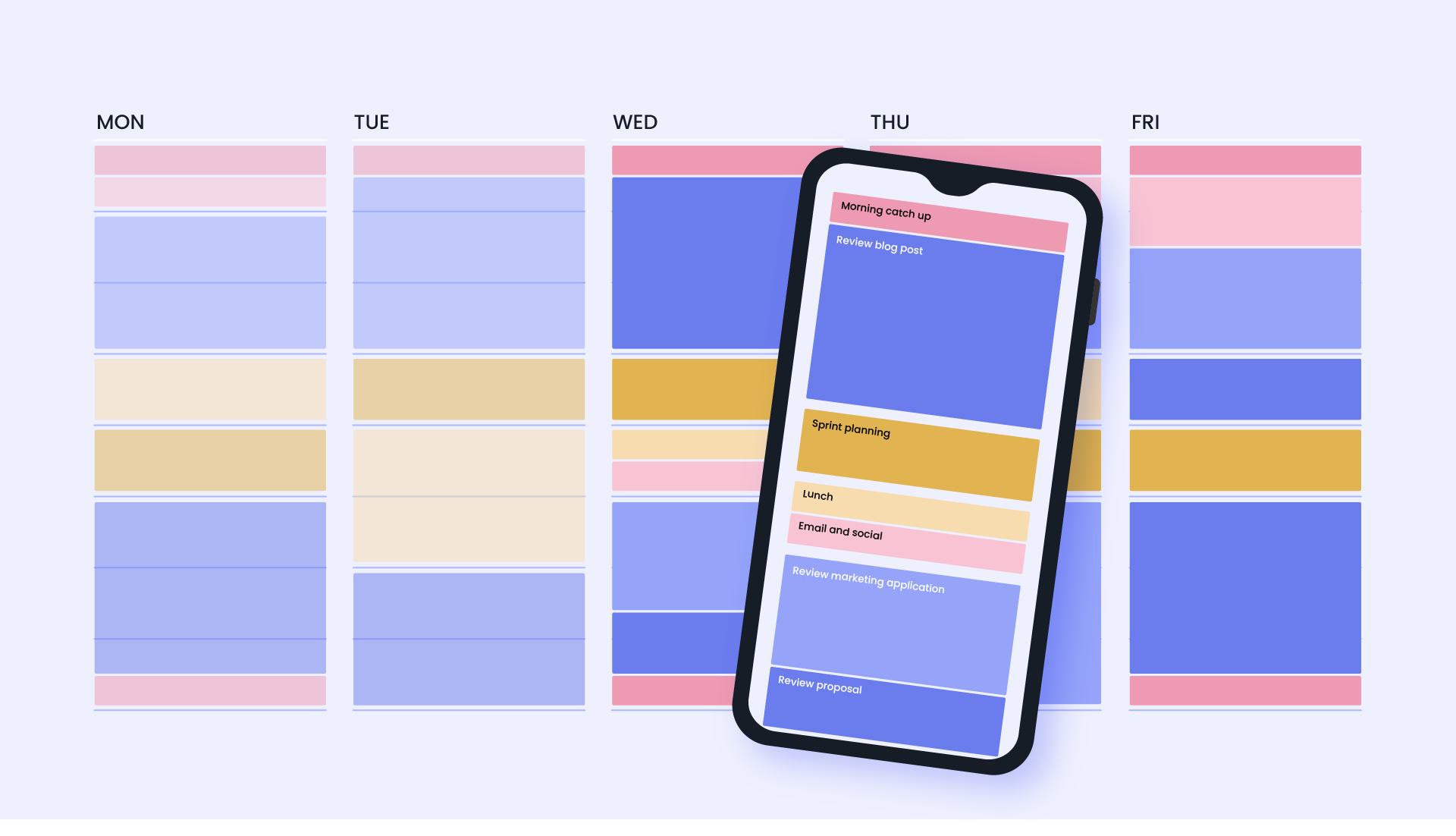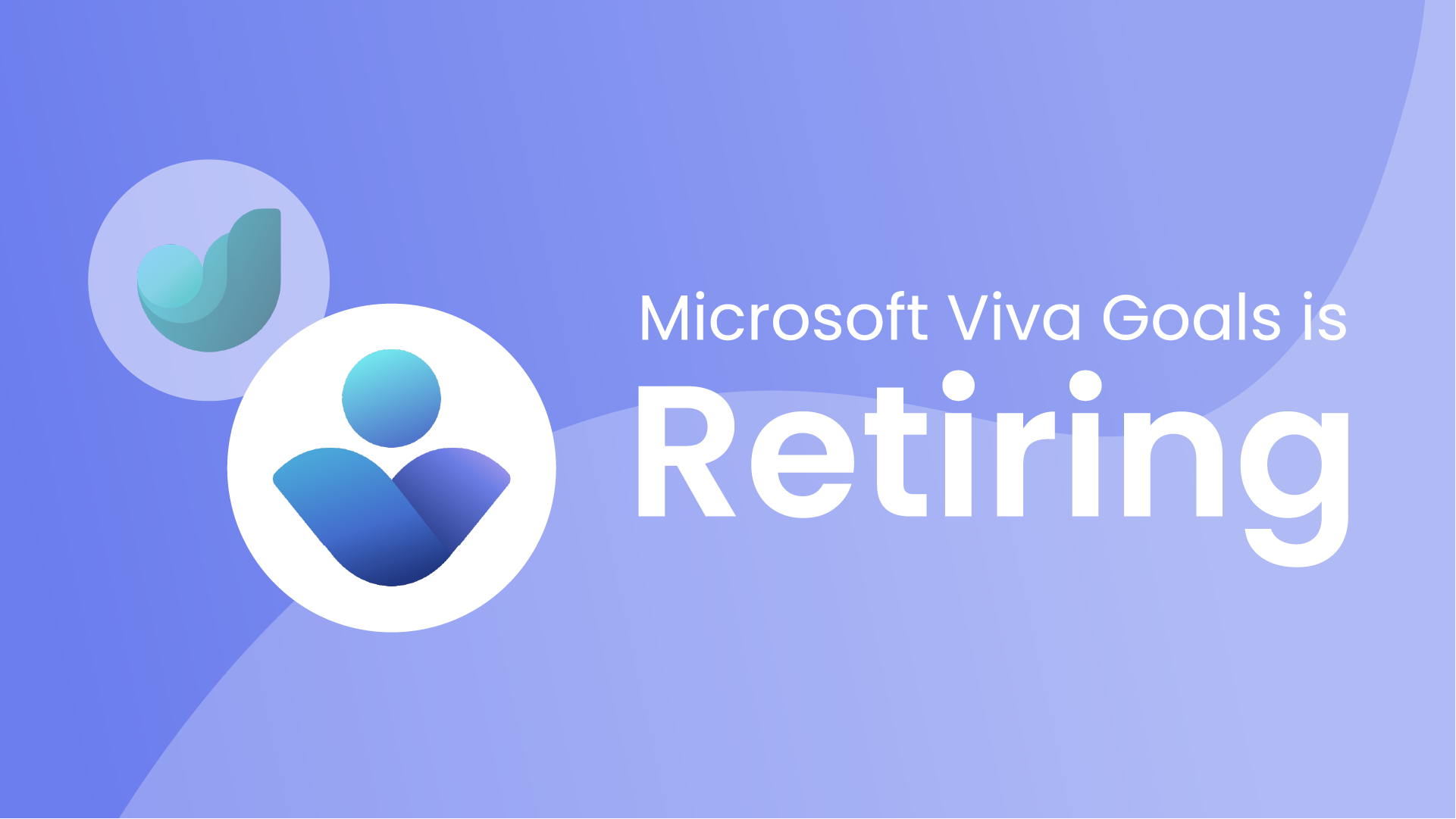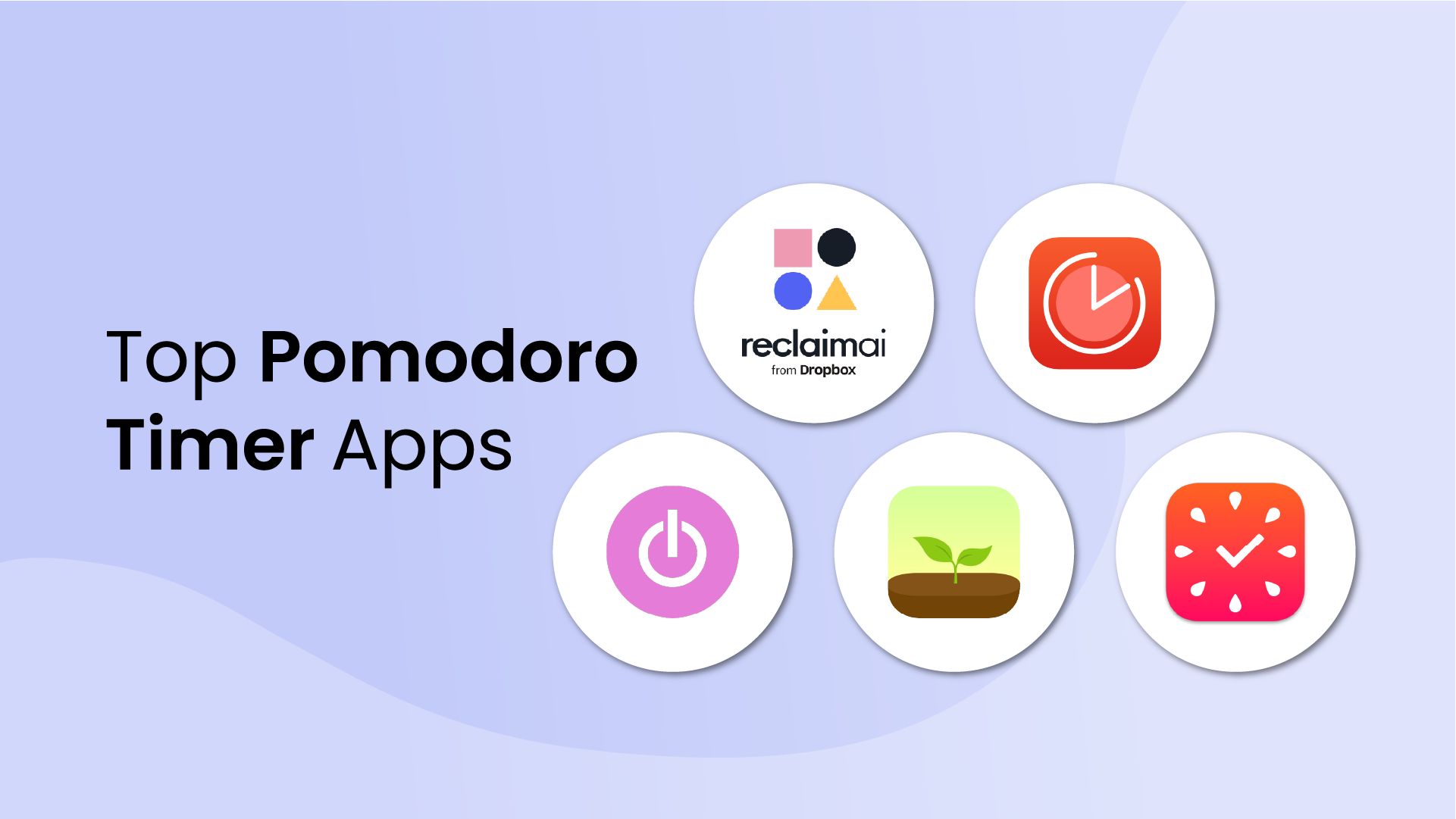It's 2:30 pm. You're staring at your screen, eyes glazed over, fighting the urge to reach for yet another cup of coffee or sugary snack to combat this sudden fatigue.
Just like that, you've officially hit the afternoon slump, that predictable, but natural dip in energy and productivity most people experience between 1:30 and 3:30 pm. This afternoon energy crash is hard‑wired into our physiology, shaped by our circadian clock, dietary choices, and the quality of last night’s sleep.
Fortunately, the afternoon slump isn't unbeatable. There are simple targeted actions that'll help you keep your energy levels steady throughout the rest of the day. But first, we need to better understand its driving forces. That is, our circadian rhythms, blood‑sugar swings, and the buildup of sleep debt.
What is the afternoon slump?
The afternoon slump is a daily drop in energy and focus that typically occurs between 1:30 and 3:30 pm, which naturally results from our circadian rhythm.
Our internal body clock follows a daily rhythm (called the circadian rhythm) that helps regulate when we feel alert or sleepy. This rhythm is controlled by a part of the brain called the suprachiasmatic nucleus, or SCN for short. Roughly six to eight hours after waking up, the SCN naturally sends a signal that it’s time to wind down a bit.
For most people, this energy dip consistently occurs around 3 pm mid-afternoon. Night owls may experience their afternoon slump later, and people who had trouble sleeping the night before may feel tired earlier.
During the afternoon slump, your body temperature lowers slightly, and stress hormone levels (like cortisol) drop, which can make you feel sleepy. Brain imaging studies also reveal that activity in the brain’s reward-processing region reaches its lowest point in the early afternoon compared to the morning and evening. So alongside your energy levels, your motivation to complete tasks is probably dipping too.
Of course, it's not just the brain that's to blame. The environment you're working in also contributes to your afternoon slumps. For example, office workers who spend their afternoons in dimly lit spaces perform notably worse than those exposed to bright blue light or of natural light.
Common symptoms of the afternoon slump
Typical signs of the afternoon slump can vary from person to person (based on our sleep-wake cycle, dietary choices, lifestyle factors, and the buildup of sleep debt), but they generally include:
- Cognitive: Brain fog, difficulty concentrating on tasks, slower decision-making, decreased memory recall, reduced creativity, and impaired problem-solving skills. You may find that tasks requiring mental effort become more challenging than earlier in the day.
- Physical: Frequent yawning, heavy eyelids, a noticeable drop in core body temperature, physical lethargy, muscle tension, and even mild headaches. Your body might feel heavier, or you might notice an increased urge to rest or nap.
- Behavioral: Increased cravings for sugary snacks or caffeine as your body seeks quick sources of energy, impulsively reaching for stimulants, becoming easily distracted or procrastinating, and engaging in non-productive activities like scrolling through social media, chatting unnecessarily, or taking extended breaks.
12 evidence-based ways to beat the afternoon slump
Here are quick, science-backed strategies to effectively combat the afternoon slump:
1. Take a 2‑minute brisk walk
Before you reach for yet another cup of coffee, try something far simpler: a quick walk. Research shows that stepping away from your desk can help clear mental clutter and get you back into a productive rhythm. A few minutes is all that's necessary.
Health experts, including those at the CDC, often encourage brief bursts of activity, or exercise snacks, for their ability to improve how we feel and function throughout the day. It really doesn't take much to stimulate blood flow and oxygen delivery to the brain, something your body naturally responds to with greater alertness, without needing caffeine to get there.
2. Eat a protein‑rich lunch
How sluggish you feel in the early afternoon may have a lot to do with what you ate for lunch. After all, the afternoon slump also goes by another name: "the post-lunch dip." A meal built around protein, alongside a good balance of healthy fats, fiber, and complex carbohydrates (like beans & veggies) can go a long way toward keeping your blood sugar stable and your mind clear as the day wears on.
A 2024 study found that meals high in protein and fat led to more stable blood sugar and insulin responses compared to those heavy in refined carbohydrates. That’s important because if a carb-heavy lunch can cause your blood sugar to rise rapidly, then such a rise will inevitably be followed by a sharp crash. A steadier blood sugar curve means more consistent energy throughout your days.
3. Stay hydrated
Even mild dehydration can leave you feeling foggy and fatigued. One study found that even slight water loss was enough to cause headaches and a notable dip in energy. After all, we’re made up of around 70% water, and we all need a steady supply to keep everything running.
Shoot for 3.7L of fluid/day for men and 2.7L for women, including what you get from food. Of course, herbal tea, sparkling water, and electrolyte drinks count, too.
4. Get some sun
When your afternoon energy dips, the best remedy might be just outside your window. Exposure to natural daylight acts as a signal to your internal clock that it's still daytime. Research shows that exposure to sunlight helps suppress the sleep hormone melatonin while also boosting serotonin levels, which can improve your mood.
Try stepping outside for a short walk between 1 and 3 pm, or simply position your workspace near a window to soak up some daylight. Even a brief exposure can provide your brain with the cues it needs to stay energized.
5. Take a short power nap
Don't underestimate the magic of a quick nap. A quick 10–20-minute rest between 1 and 3 pm can give your brain the gentle reset it needs. When you get back up, you'll feel refreshed and ready to tackle the rest of your afternoon without throwing off your sleep schedule.
NASA’s famous nap study revealed that pilots who napped for just 26 minutes saw their alertness jump by 54% and their performance improve by 34%. The Sleep Foundation also confirms that early-afternoon naps significantly refresh cognitive performance, helping to counteract the notorious afternoon dip.
6. Prioritize deep work in the morning
Ever notice how you're sharper and more productive in the morning? Well, that early-day sharpness is rooted in biology. Research shows that, for most people, the brain’s peak productivity window falls between 9 and 11 am.
Cognitive performance, reaction time, and accuracy are all highest in the mid-morning and decline later in the day. Capitalizing on your body's natural morning boost in cortisol and dopamine makes this period perfect for focused, high-impact tasks.
7. Limit caffeine intake
As tempting as it may be to reach for another cup of coffee to beat the slump, it might not be the best in the long term. Too much caffeine in the afternoons could be quietly sabotaging a consistent sleep schedule.
We all know that caffeine can give us a nice pep in our step. But it does this by blocking adenosine (the sleep-promoting chemical in your brain) and boosting your cortisol and dopamine. So this short-term surge in energy just ends up delaying your natural sleep rhythm.
Many of us can start our mornings with this surge, no problem. But caffeine’s half-life can range from 4 to 6 hours. And one study found that caffeine consumed even six hours before bedtime can significantly reduce both the amount and quality of sleep (sometimes by more than an hour). Some experts suggest cutting off caffeine at least eight hours before you go to bed to make sure you're getting enough sleep and fall asleep when you need to.
8. Practice box breathing
Box breathing is another easy way to quickly reset your mind when it starts to tire. Box breathing is a simple technique of inhaling, holding, exhaling, and holding again for four seconds each.
Research shows that slow, controlled breathing, like box breathing, can actually help your body manage stress better. Deep breaths boost something called heart rate variability (HRV), which is basically your body's natural measure of calm and emotional resilience.
Structured breathing not only lowers stress, but also improves your attention and mental clarity. So when you feel the afternoon slump creeping in, a few minutes of box breathing can help you quickly regain your focus and shake off fatigue.
9. Refresh with cold water
A quick splash of cold water to the face; an invigorating trick to help jolt your system awake and boost your mood in mere seconds.
One study found that splashing cold water on your face triggers your body's "fight or flight" response, snapping your brain back into action. This reaction taps into something called the mammalian dive reflex, which increases noradrenaline to help you feel awake and focused.
Even a brief encounter with cold water increases blood flow and oxygen delivery to your brain, making it a great way to shake off that afternoon fog.
10. Use a standing desk
If you’re chained to your chair all afternoon, it’s no wonder you feel drained by 3 pm. While it's still important to take brief breaks to stretch your legs (taking a walk, perhaps, à la step #1), you can go even further and get yourself a standing desk.
Research consistently shows the perks of staying on your feet. Standing can actually change how your body and brain perform. For example, one study found that simply swapping two hours of sitting each day for standing was associated with lower blood sugar, healthier cholesterol levels, and an 11% decrease in triglycerides. And it’s not only your body that benefits: a Mayo Clinic study discovered that people using active workstations (like standing, stepping, or even walking while working) actually scored higher on reasoning tests compared to when they sat all day, with only a tiny slowdown in typing speed and no drop in accuracy.
11. Listen to up‑tempo music
If your motivation starts to fade in the afternoon, try turning on some upbeat music. Tracks in the 120–140 BPM range, like energetic pop, electronic, or dance music, can quickly give you some pep.
Research shows fast-paced music noticeably boosts mood and energy, especially when you're working through routine or repetitive tasks. The reason? Faster music sparks dopamine release and aligns your brainwaves with its rhythm, giving you more energy.
12. Chat with a coworker
Sometimes, the easiest fix is a quick, friendly chat. Even just a couple of minutes spent connecting positively with someone else can be enough to rekindle your afternoon motivation.
Brief social interactions and daily small talk can noticeably reduce fatigue and boost your mood. Neuroscientists have even found that these short chats trigger the release of feel-good chemicals like dopamine, helping your brain bounce back and stay focused.
Make your afternoons productive again 🌅
The midafternoon energy slump might be natural, but that doesn't mean it has to be an inevitability. With a blend of quick pick-me-ups and some simple daily habits, you can keep your energy and mood steady right through to evening.
Wish your afternoons could schedule themselves? With Reclaim.ai, they literally can. Reclaim automatically blocks time for your most important tasks, meetings, and even breaks, so you can breeze through your afternoon slump and stay energized all day long.


































